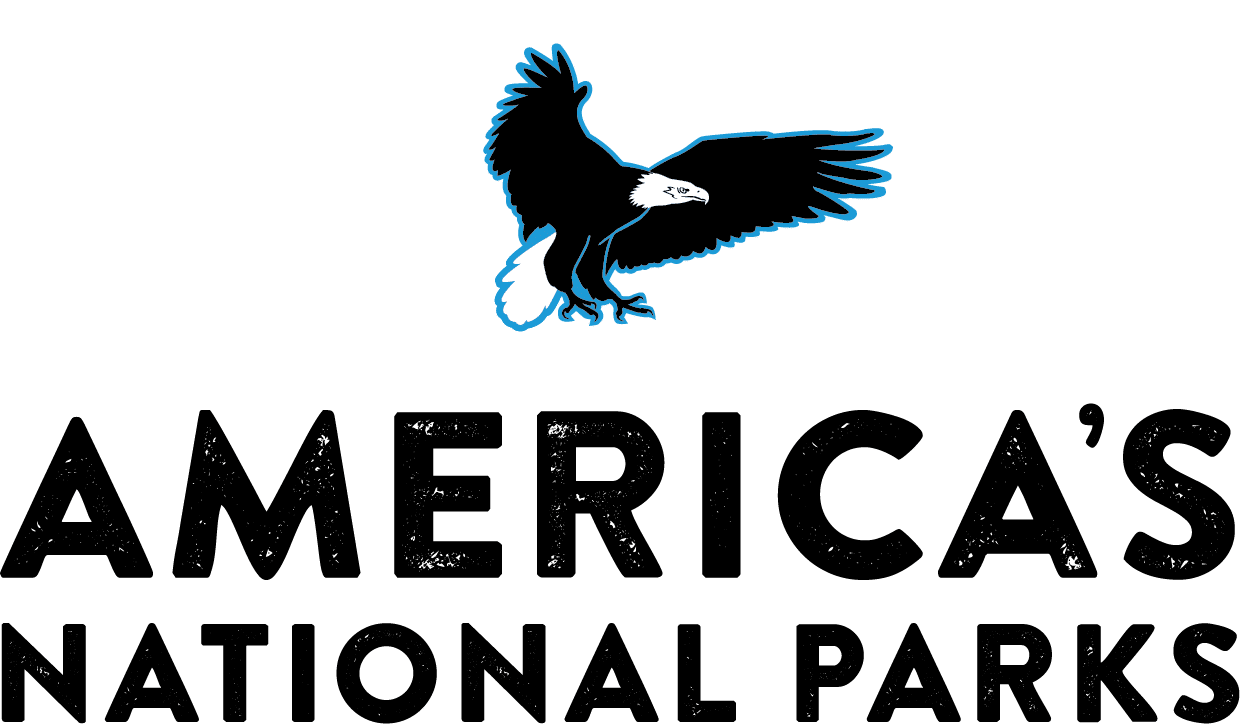 Marquis de Lafayette
Marquis de Lafayette
In 1777, the Marquis de Lafayette, a 19-year-old French nobleman, sailed across the ocean to help America win its independence. Arriving on June 13, Lafayette was made a major general in the Continental Army, serving under his idol, George Washington. After being wounded at the Battle of Brandywine, he served with selfless devotion during the winter at Valley Forge.
Known as the soldiers’ friend, he shared in their hardships, even when his rank entitled him to special privileges. Later, Lafayette was a key strategist in the Yorktown campaign that led to the British surrender. When he returned to America in 1824, he was greeted with great enthusiasm and became the first foreign dignitary to address Congress.
 Baron von Steuben
Baron von Steuben
On September 26, 1777, Baron von Steuben arrived in America with a letter of recommendation from America’s ambassador in France, Benjamin Franklin. Instructed by Congress to report to General Washington at Valley Forge, von Steuben arrived there on February 23, 1778, and was tasked with training the disorganized and undisciplined army.
Communicating through his translators, von Steuben brought order and strength to Washington’s troops through an extensive program of tactical drills informed by his experience in the Prussian military. The following winter, he wrote the manual “Regulation for the Order and Discipline of the Troops of the United States,” which was approved by Congress in March 1779 and used until 1814.
 Bernardo Vicente Apolinar de Gálvez
Bernardo Vicente Apolinar de Gálvez
Spain | Fort Mantanzas National Memorial
For a time, Spain remained neutral in the conflict between America and Great Britain. Despite this, Bernardo Vicente Apolinar de Gálvez, the governor of Spanish Louisiana, sympathized with the patriots and supplied them with aid. When Spain finally declared war on Britain in 1779, Gálvez was free to act openly. He led the capture all four British forts in the lower Mississippi, even as hurricanes sank his supply ships.
But Pensacola, the capital of British West Florida, was still heavily guarded. Worse, the narrow bay leading to the city made it difficult for Gálvez to overtake the fort. However, during the Battle of Pensacola in 1781, Gálvez hoisted his personal flag on the lead ship of his fleet, raised his sword, and ordered a 15-gun salute as he barreled through the slender pass.
Two months later, England surrendered. Gálvez’s actions during the Battle of Pensacola significantly disrupted British supply lines and changed the tide of war in favor of the Americans.
 John Paul Jones
John Paul Jones
Scotland | National Mall and Memorial Parks
On September 23, 1779, the USS Bonhomme Richard, commanded by Scottish-born patriot John Paul Jones, met a British convoy off the coast of Northeastern England. A fierce battle erupted as the Bonhomme Richard volleyed attacks with the British frigate, the HMS Serapis. As Jones’s vessel caught fire, five feet of water filled the hold. Assured of victory, Richard Pearson, captain of the Serapis, called out to Jones to surrender.
“Surrender?” Jones replied. “I have not yet begun to fight!”
As the battle progressed, the ships became further entangled, giving Jones the edge he needed to win. At the end of the four-hour barrage, as the Bonhomme Richard sank, Jones and his men jumped aboard the Serapis and declared victory.
The Battle of Flamborough Head cemented Jones’s legacy as the father of the US Navy and the greatest naval hero of the revolution.
 Casimir Pulaski
Casimir Pulaski
Poland | Fort Pulaski National Monument
Shortly after arriving in America, Casimir Pulaski was made a Brigadier General in command of patriot cavalry. After distinguishing himself in the battles of Brandywine and Germantown, he formed the Pulaski Legion, an independent cavalry comprised of American, German, French, Irish, and Polish soldiers. In late 1778, the Legion skirmished with the British along the New Jersey coast and guarded the northern border of Pennsylvania.
Traveling south, the Legion defended Charleston in May 1779. Then, in October, it joined forces with other French and American troops to retake Savannah from the British. However, the Brigadier General was mortally wounded in the attack and later buried at sea, where the Savannah River meets the Atlantic. In 1833, a new fort was constructed on Cockspur Island outside of Savannah and christened Fort Pulaski in honor of “The Father of the American Calvary.”



